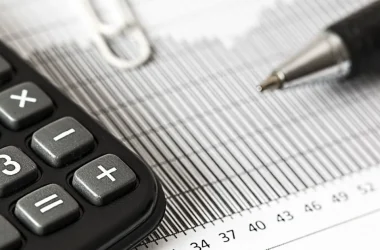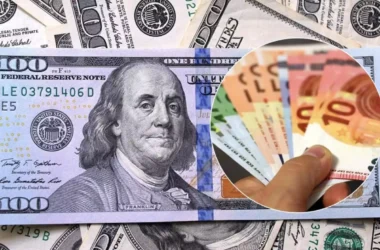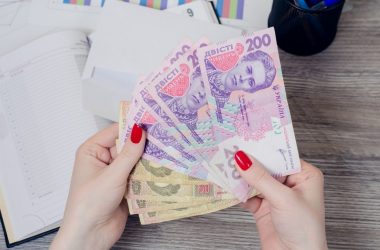In the first week of March, much will depend on the decision of the NBU Monetary Committee regarding the deposit trajectory. It is expected that the period of increasing rates on hryvnia deposits will continue, and deposits for 6−9 months will remain the most attractive for potential depositors.
This was stated by Dmytro Zamotayev, Director of the Retail Business Department of Globus Bank, in a commentary on Channel 24. According to Zamotayev, changes may occur in accordance with inflation and its pressure on the economy. There is an assumption that the regulator will raise the rate to 15%, or to 15.5%.
“Therefore, the NBU may also mirror the rate on 3-month deposit certificates to 17.5−18%, and the rate on refinancing loans to 18−18.5%,” the banker noted.
He reminds that the yield on deposits is formed mainly on the basis of the rate on 3-month certificates of deposit. That is why it is assumed that there will be a slight correction of rates on hryvnia deposits within 0.50−1 percentage point.
In some cases, banks may offer additional bonuses of 0.50−1.50 percentage points to potential depositors, in particular for deposits from 6 to 9 months, — adds Zamotayev.
What are the forecasts for the increase in rates
rates on ultra-short deposits for a period of 3 months to 6 months may increase on average to 11.5−12% per annum;
average rates on deposits from 9 months to 1 year will potentially be 12.5−13% per annum;
rates on long-term deposits for a period of 1 year to 2.5 years may increase on average to 15% per annum.
At the same time, according to Zamotaev, not all deposits may be interesting to potential investors. This is especially true of ultra-short deposits, since the rate of return will not cover the level of inflation along with increased taxation.
Recall that Zamotaev previously stated that citizens’ interest in short-term deposits has significantly decreased, while the weight of deposits in cash currency has increased. “Having mostly insignificant amounts, citizens decided to buy currency, because at the end of the year the growth of the dollar and euro exchange rates was quite “embarrassing”,” he noted.








